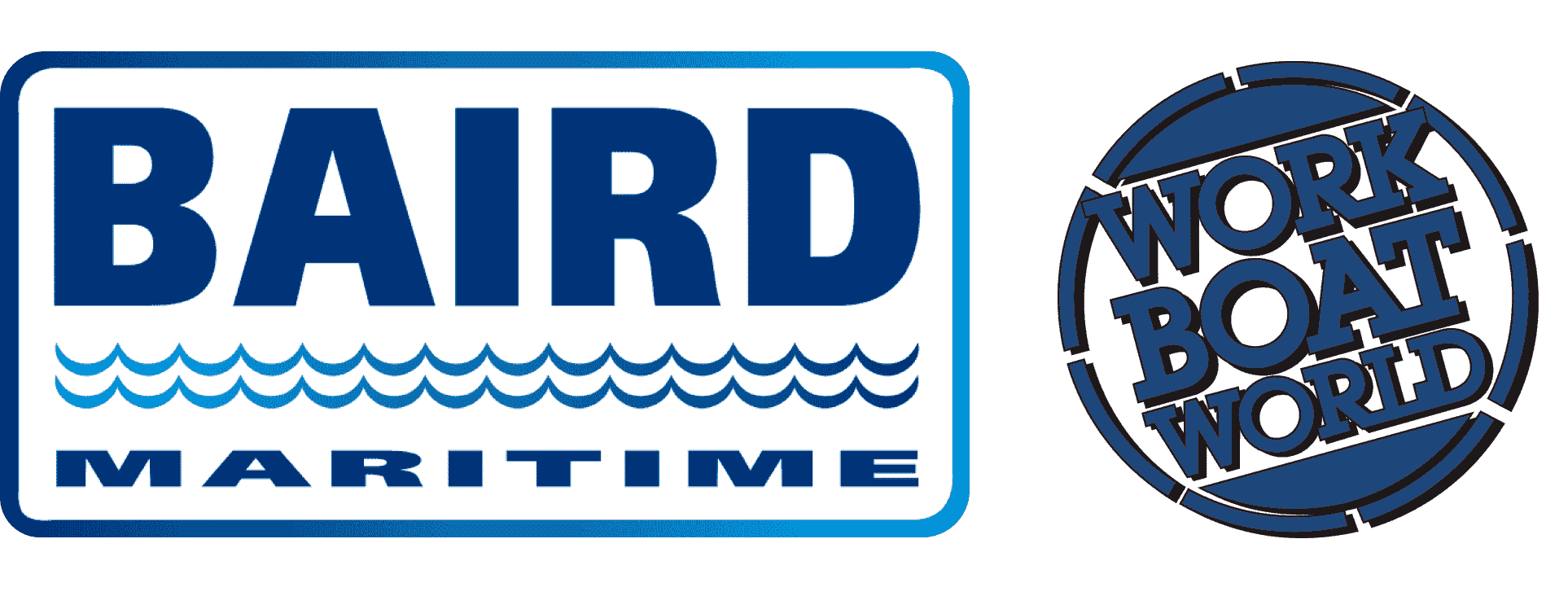FEATURE | AUVs play key role in new Antarctic food web research
Researchers at the University of Delaware (UD) are currently studying to identify whether food resources for various animal species found in West Antarctica are being transported to certain biological hotspots situated across the frozen continent by way of different current systems.
To that end, UD researchers Matthew Oliver and Katherine Hudson have deployed autonomous underwater vehicles (AUVs) that have been configured to track the movements of krill, which is the main food source of the many penguins, seals, whales, and other predatory species that thrive in the waters near the US-manned Palmer Research Station on the West Antarctic Peninsula.
Grocery stores, not farms
Oliver and Hudson have theorised that portions of the waters near Palmer Canyon act as biological "grocery stores." Specifically, the krill in the area that the various species live on are believed to be transported there by water currents similar to how grocery store merchandise is transported to retailers by an assortment of vehicles.
The theory builds upon an earlier one by the two researchers that states the krill that end up in and around Palmer Canyon do not spawn in the canyon itself but are instead being brought in from other areas offshore.
The "grocery store" theory has been proposed as an alternative to another theory that said the same biological hotspots in West Antarctica act more like farms with "homegrown" krill and other food resources. Oliver subsequently claimed that this is not the case, saying in an interview in the December 2020 issue of UD's Research online magazine that the climate changes in the region will cause these hotspots to essentially die out unless the food resources that are found within them are being sourced from a much larger network and brought in regularly.
The studies, which are ongoing, are expected to reveal new information about the effects that long-term climate change will have on these particular ecosystems in Antarctica. The researchers further hope that whatever knowledge will be gained from the project may also be applied to increase understanding of other types of ecosystems found elsewhere around the world, particularly how the organisms within those ecosystems are able to thrive even when environmental conditions become detrimental to their survival.
Comparing projections with actual data
Under an initiative dubbed Project Swarm, Oliver and Hudson have partnered with other researchers at the University of Alaska, Oregon State University, Rutgers University, and Old Dominion University to use AUVs equipped with echosounders to collect data on organisms, water conditions, and other important environmental parameters.
With the aid of a specially developed computer model, theoretical particles representing krill were analysed to determine how long the transported krill would remain in the Palmer Canyon area. The calculations will then be compared with the actual data gathered by AUVs that were operated throughout that area.
To complete the field work scope of the research, Oliver and Hudson first needed to travel to Palmer Station, currently America's only research station north of the Antarctic Circle.
The researchers flew from the US East Coast to Chile, where they boarded Laurence M. Gould, an icebreaking research vessel owned by Edison Chouest Offshore and operated by the National Science Foundation. The vessel then sailed 965 kilometres from Punta Arenas, Chile, to Palmer Station, where the team stayed from December 2019 to March 2020 – the Antarctic summertime, when the sun sets at around midnight only to rise again less than three hours later. Bad weather was also a regular occurrence, forcing the team to stay indoors until conditions became favourable enough for experiments to be safely conducted outside.
The Slocum Glider AUVs used in Project Swarm were specifically configured by UD's own robotics systems specialists to detect fish and krill, even when the latter are traveling in swarms and moving at high speeds underwater. The use of AUVs became necessary partly due to their ability to operate in environments that are too hazardous for humans to venture into in that part of Antarctica.
Extensive testing on the AUVs was carried out in mid-2019 prior to the research team's departure. It was also decided early on that significant quantities of spare parts needed to be brought along as well, as there are no dedicated repair facilities at the site and resupply might take weeks, if not months.
Returning home from Antarctica the following March proved challenging, since it was around that time that many countries were closing off their borders after the Covid-19 pandemic hit. Fortunately, support from the US Antarctic Program made it possible for the researchers to return to US soil only a little behind schedule.
Other objectives
The research also seeks to look into whether tides and recirculating currents in Palmer Canyon have any connection to the fact that krill are able to remain in the same areas for extended periods. The researchers said that, just as importantly, the project may help shed light on krill distribution in general, as it is a phenomenon whose real reasons remain unknown.


